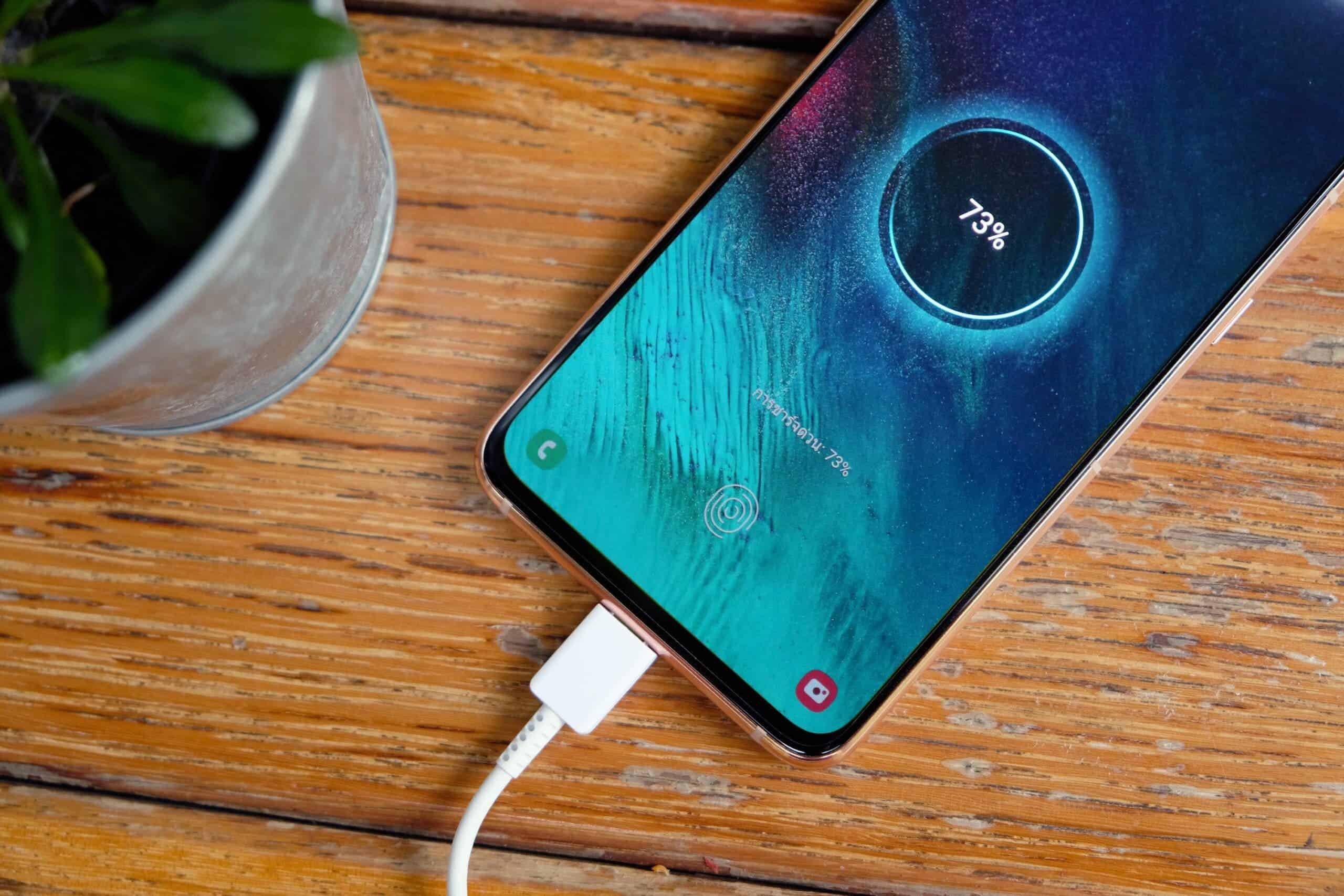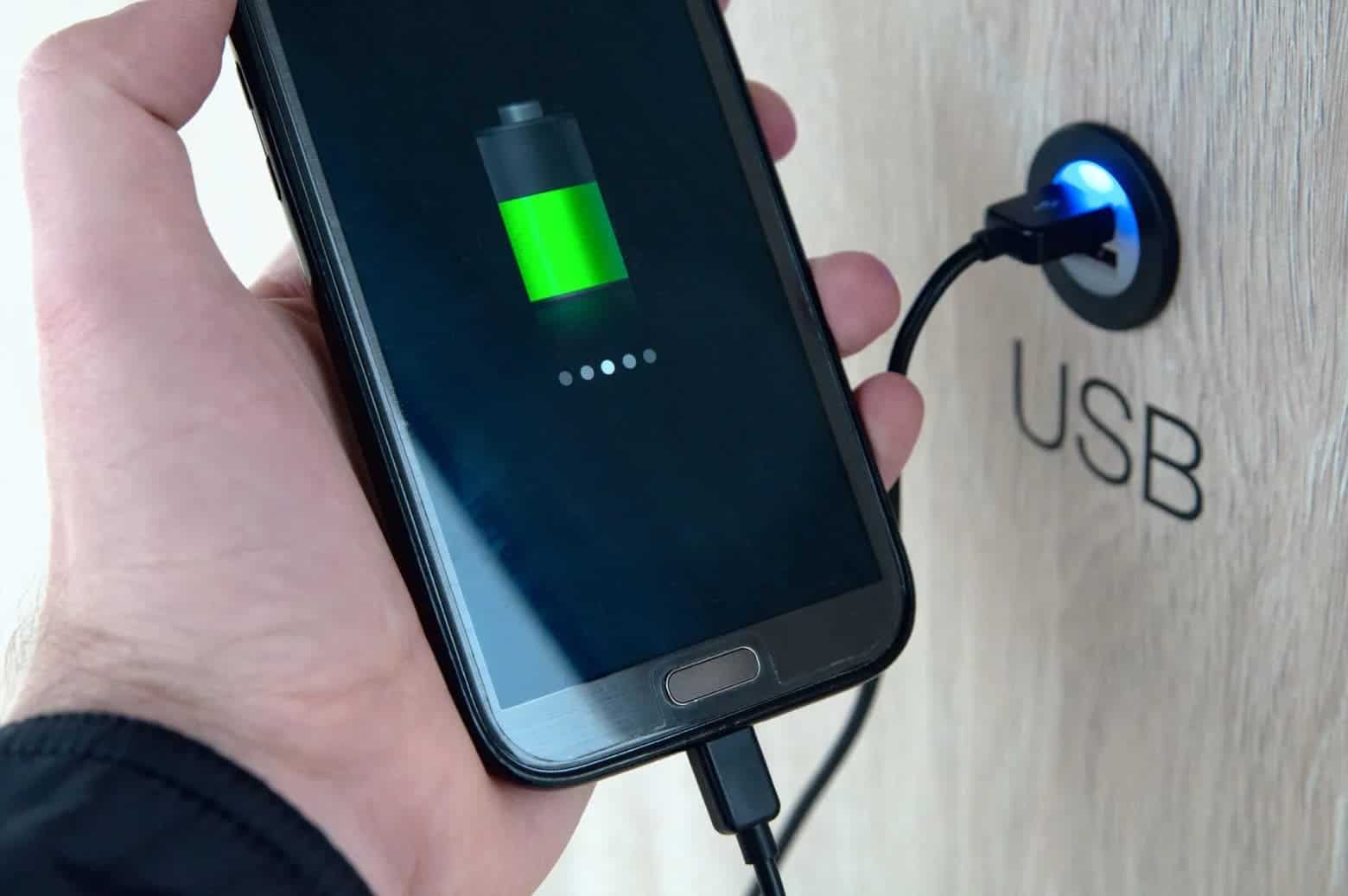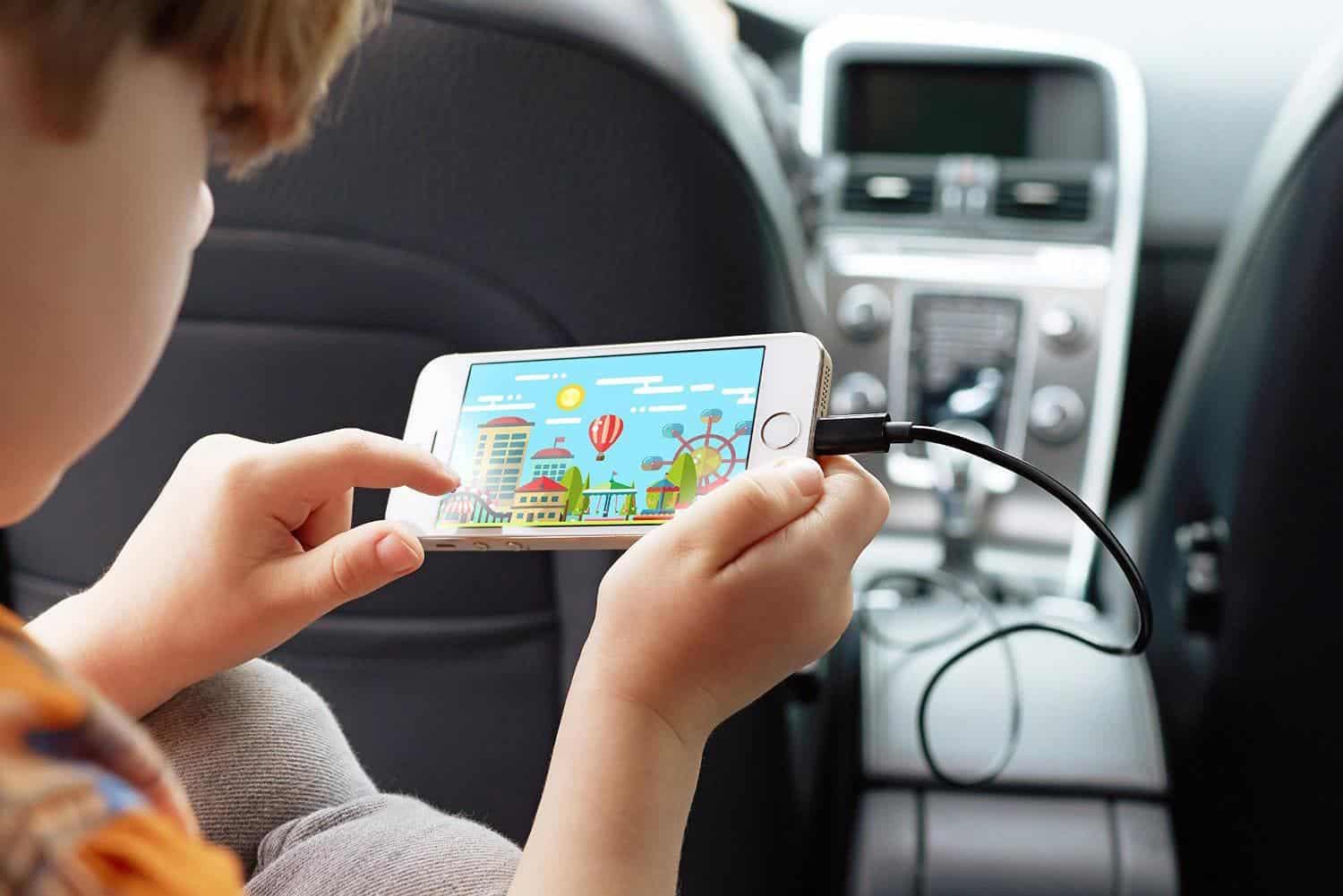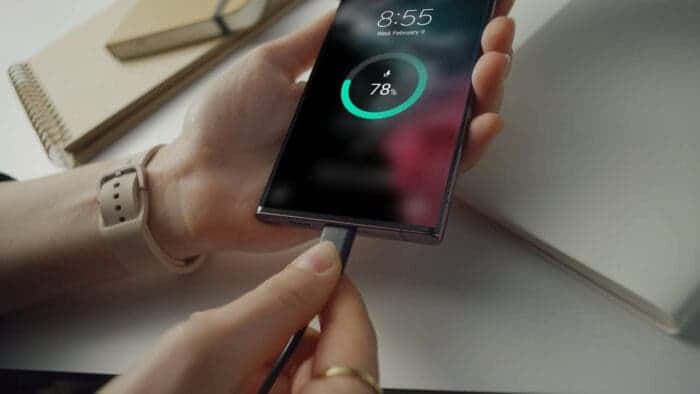In today’s digital age, our smartphones have become indispensable companions. From gaming and email management to communication and social networking, we rely on these devices for numerous tasks throughout the day. However, with extensive use, it’s inevitable that our smartphones may encounter issues, either through natural wear and tear or factory-related defects.
One particularly crucial component prone to problems is the battery, the lifeblood that sustains our smartphones. Among the various issues users might face, a common one is the failure of a mobile device to charge properly when connected to a power source. Whether you’re a newcomer grappling with this issue or you know someone who’s experiencing it, the following comprehensive guide is designed to assist you in rectifying this problem and getting your device back on track.
Troubleshooting Guide: Resolving Charging Issues on Your Android Phone

1. The Battery Status
When you discover that your smartphone isn’t charging when connected to a power source, the initial step is to assess the battery’s condition. Numerous apps in Google Play exist to monitor your device’s hardware, including battery status, although these tend to be quite generic.
For a more specific analysis of your battery’s health, it’s advisable to turn to an app dedicated to this purpose, such as Ampere—one of the most renowned options. Ampere allows you to track whether your battery is charging (displayed as positive numbers in green) or depleting (indicated by negative numbers in orange).
If the app displays negative values while your phone is plugged in, this indicates a charging issue, signaling the presence of a problem. After attempting the solutions detailed below, it’s recommended to revisit Ampere to confirm the restoration of normal charging functionality. Beyond Ampere, you have various alternative apps with similar functions, enabling you to choose the one that aligns best with your preferences.
2. Cable and Adapter Issues
When faced with a non-charging smartphone, the common issue often lies within the cable or power adapter. These components might have ceased functioning due to a malfunction. Determining if this is the case is a straightforward process: try an alternate cable or adapter from your collection that’s compatible with your device (ensuring it’s the same connector type).
Should your phone start charging with the new cable or adapter, it signifies a failure in the original accessory. In such instances, the prudent course of action is to procure a replacement. Opting for accessories tailored to your phone’s brand is our primary suggestion. Ideally, select accessories designed specifically for your model. While non-brand-specific cables and adapters can function well, exercising caution is advisable.
3. The USB Port
When both the cable and adapter are confirmed as functional, suspicion may fall on the USB port itself. Over time, the port might shift, leading to inadequate contact and resulting in improper charging of the smartphone.
In such scenarios, a logical initial step is turning off the phone, and if it boasts a removable battery, extracting it. Then, employing an extremely fine and sharp object—like a pin—gently insert it into the port to realign it. Caution is paramount here, as excessive force could inflict irreparable harm; instead, apply just the right amount of pressure.
With this task accomplished, the next move entails reinserting the battery (if it was removed) and powering up the device. Proceed to connect it to a power source and assess if the charging process is functioning correctly (using tools like Ampere or your selected app, as this can hasten the confirmation process).

4. Battery-related Problems
Issues with battery functionality can stem from either manufacturing defects or natural wear and tear. Such situations often lead individuals to consider purchasing a new device. However, if this isn’t a feasible choice you’re considering, the alternative involves replacing the battery.
While fewer devices nowadays offer removable batteries, some still do. If your phone falls into this category, acquiring a new battery and self-replacement is an option. Conversely, for phones with non-removable batteries, the wiser route is reaching out to the Service and Support Center (SAT), especially if your device is under warranty, for a professional battery replacement.
Undertaking the replacement process independently is plausible, but it comes with risks. Our recommendation consistently leans toward the more cautious approach, in this instance, entrusting the task to the technical service experts.
5. Exploring Software-related Solutions
Amidst Android‘s evolving nature, the intricacies increase, but the reason behind your smartphone’s charging woes might just lie within the software realm. In such instances, our primary suggestion revolves around scrutinizing for an app consuming battery disproportionately, hindering the charging process. If such an app exists, it’s wise to uninstall it.
Executing this task involves navigating to your device settings, accessing the ‘Energy’ or ‘Battery’ section (terminology varies by model), and then tapping on ‘Battery usage.’ This screen provides insight into the consumption levels of various applications and system processes, empowering you to take corrective actions.
Should the software emerge as the culprit, your best approach is identifying the specific app or process obstructing the charging process. In more extreme cases, a factory reset might be necessary.
Additionally, consider the possibility that the issue may have arisen post a major software update, especially if your smartphone has been in use for an extended duration. In such scenarios, contemplating a factory data reset becomes relevant. Alternatively, if the problem persists, explore the option of reverting to the prior version that functioned optimally.
Regardless of the approach chosen, comprehensive backup of all important data is paramount. This ensures seamless restoration once the reconfiguration process is complete. Importantly, bear in mind that charging problems often coincide with a decrease in battery health. Therefore, consistently monitoring the battery’s condition through Ampere or your chosen monitoring app is essential. This proactive measure aids in maintaining awareness of your device’s charging health.

Tips for troubleshooting smartphone charging problems
In the realm of mobile usage, many individuals acquire a device with the intention of using it tirelessly until the urge for a replacement strikes. However, to preemptively thwart the unexpected onset of glitches (as unfortunate circumstances can arise), it is incumbent upon us to play an active role in safeguarding our device’s performance.
Firstly, when charging our smartphone, a prudent measure involves disconnecting any non-essential functionalities—data, Wi-Fi, NFC—while also considering activating airplane mode or even powering off if no notifications are anticipated. This practice contributes not only to battery longevity but also accelerates charging. Minimizing the duration spent tethered to a power source. A detail that both the cable and charger acknowledge with gratitude.
In combating the problem addressed within this article, a proactive stance is essential. Avoid using resource-intensive apps while your device charges and disengage any redundant functions.
Additionally, it’s advisable to refrain from utilizing your phone during the charging process. Particularly with demanding applications like video games or image editors. Such a choice serves a dual purpose: it curbs excessive heating, thereby reducing battery wear. And, as in the previous context, shortens the time required for charging.
Ultimately, when confronted with a hardware-related concern, seeking professional assistance at the earliest sign of doubt is prudent. Trusting the technical service to address the issue with competence and without complications is a reliable strategy. More so when the device is under warranty and the service might even be complimentary.
In closing, we hope that this concise tutorial proves beneficial. Whether addressing an immediate issue or proactively mitigating the likelihood of such incidents occurring in the future. By embracing these practices, you are taking strides towards a more seamless and trouble-free mobile experience.





